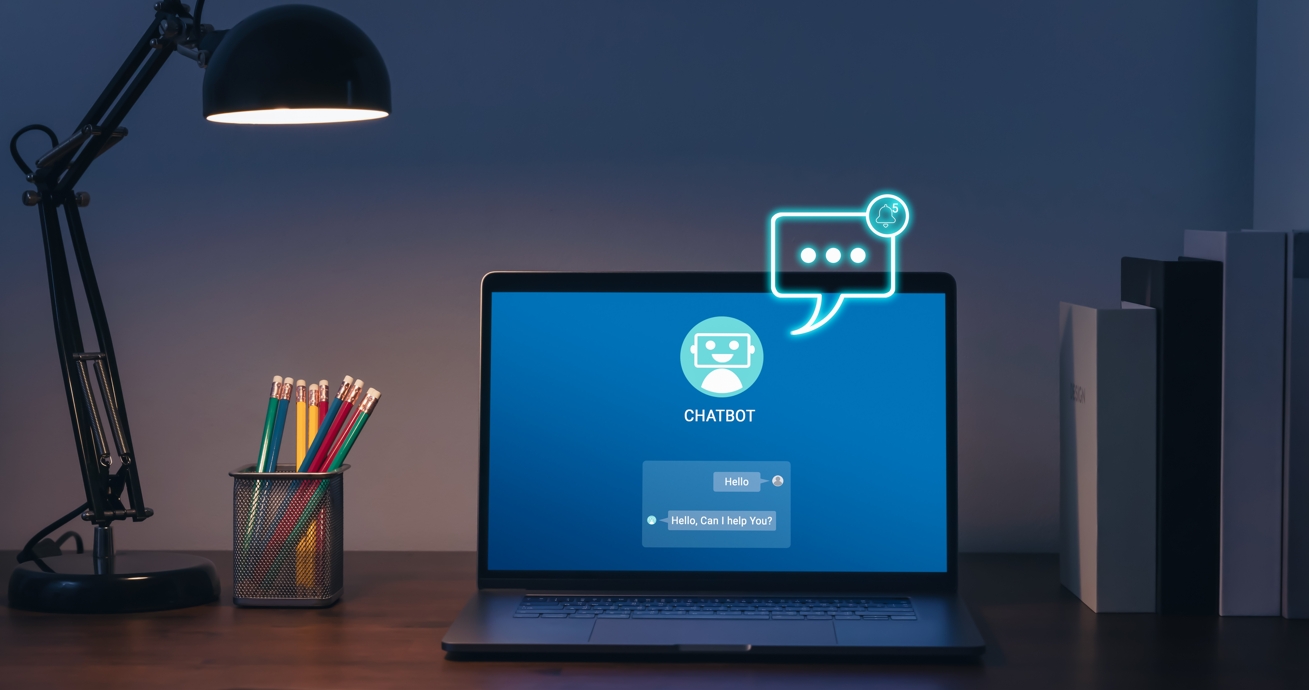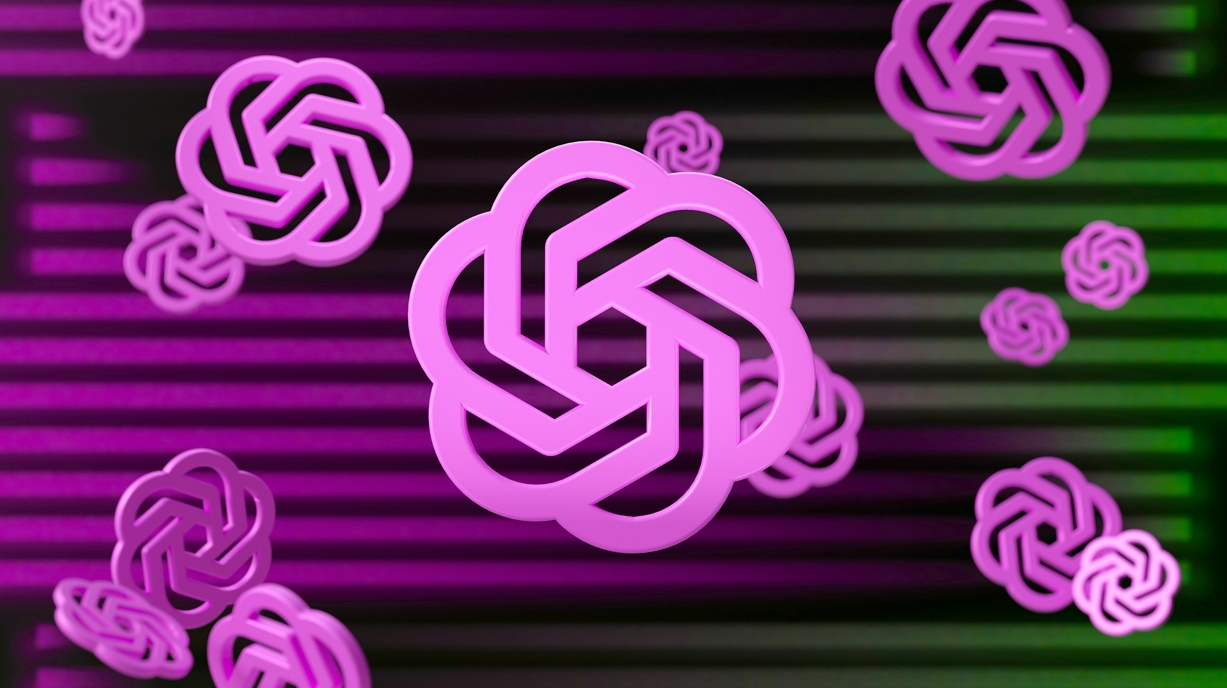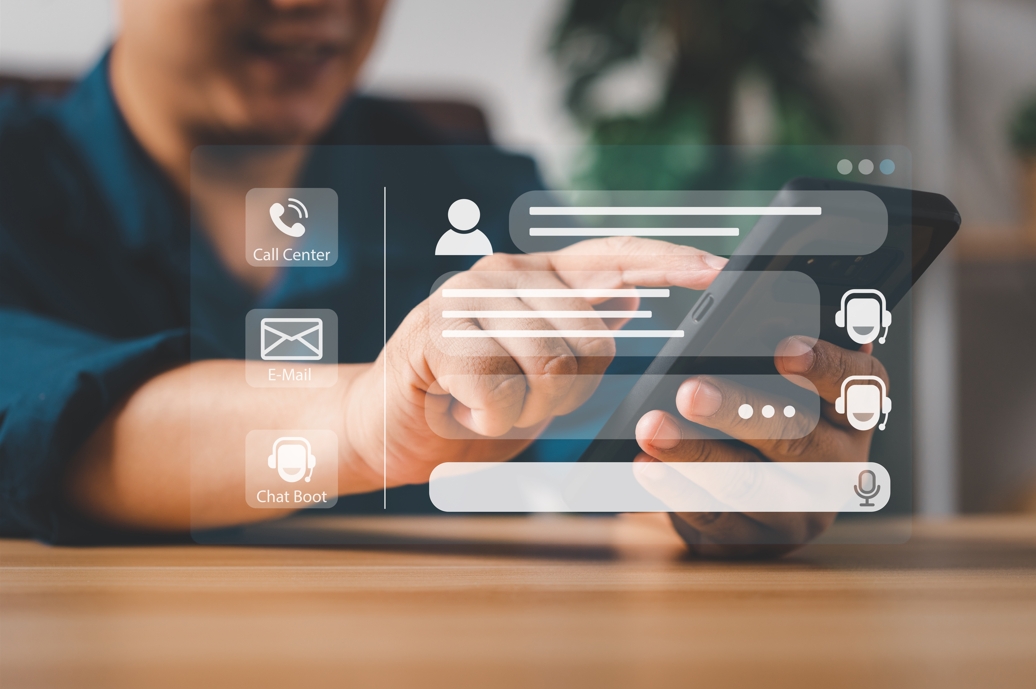As controversial as it is, AI chatbots have helped many businesses, especially small businesses, find success. They have emerged as a cornerstone of efficient and engaging digital interactions. These AI-powered tools provide instant assistance, streamline customer support, and enhance user satisfaction. Businesses across industries are increasingly leveraging chatbots to improve efficiency and availability while reducing operational costs.
Among the various types of chatbots, customizable chatbots stand out for their adaptability and personalized functionality. Unlike pre-configured bots, customizable chatbots allow businesses to tailor their responses, tone, and capabilities to align with their brand and meet specific user needs. By offering flexibility and scalability, they’ve become an essential tool for businesses aiming to provide tailored customer experiences.
What is a customizable chatbot?
A customizable chatbot is an AI-driven conversational agent designed to be tailored to meet the unique needs of a business or organization. Unlike standard chatbots with fixed responses and functionalities, customizable chatbots can be configured to adapt their behavior, language, and features to match specific business objectives.
Customization can range from simple tweaks like adjusting the tone of responses to reflect brand personality, to advanced modifications like integrating with existing tools such as CRM systems, payment gateways, or eCommerce platforms. These bots are often powered by sophisticated AI models that allow for natural language processing (NLP), making interactions more human-like and relevant.

Use cases
Customizable chatbots can benefit businesses across various industries, including:
- eCommerce: Assisting customers with product recommendations, order tracking, and seamless checkout processes.
- Healthcare: Scheduling appointments, providing symptom checkers, and offering instant FAQs for patients.
- Customer support: Handling common queries, escalating complex issues to human agents, and ensuring 24/7 service availability.
- Finance: Managing account inquiries, offering budget insights, and simplifying loan application processes.
- Education: Guiding students on course selections, answering administrative questions, and sending personalized learning reminders.
By allowing businesses to tailor their functionality, customizable chatbots enhance efficiency and engagement, driving better outcomes for both companies and their customers.
See SMO in action
Try our solutions with zero commitment
Features of a customizable chatbot
Customizable chatbots are defined by their ability to adapt and align with a business’s unique needs. Here are the core features that make them versatile and effective:
Personalization options
Customizable chatbots allow businesses to set the tone, language, and style of their interactions. This personalization ensures that the chatbot aligns with the brand’s voice—whether it’s formal and professional or friendly and conversational. Additionally, chatbots can be programmed to recognize returning users, offer tailored recommendations, and adapt responses based on user behavior.
Integration with existing systems
A key advantage of customizable chatbots is their ability to integrate seamlessly with existing business systems. Whether it’s connecting to a CRM for tracking customer interactions, syncing with an eCommerce platform for product suggestions, or integrating with payment gateways for transactions, these bots work as a cohesive part of your digital infrastructure. Such integrations make chatbots more functional and valuable, enhancing user experience and operational efficiency.
More solutions a customizable chatbot can help you solve
Beyond answering FAQs, customizable chatbots can:
- Automate repetitive tasks: Such as data entry, appointment scheduling, and order processing.
- Generate leads: By engaging visitors in meaningful conversations and collecting valuable information.
- Support multilingual users: Offering responses in multiple languages to cater to diverse audiences.
- Enhance analytics: Providing insights into customer behavior, preferences, and common pain points to refine your overall strategy.
These features ensure that customizable chatbots are not just tools but strategic assets that help businesses achieve their goals.
Finding a customizable chatbot online

Choosing the right customizable chatbot involves understanding your needs, exploring available tools, and evaluating features that align with your objectives. Here’s how to get started:
Locate your needs
Before you begin your search, clarify the problems your chatbot should solve. Do you need it for:
- Customer support to handle FAQs and reduce ticket volumes?
- Sales assistance to recommend products and guide users through a purchase?
- Operational automation like appointment scheduling or data collection?
Understanding your goals will help narrow down your options and identify the features you require.
Pre-trained models or train your own models
Customizable chatbots come in two primary formats:
- Pre-Trained Models: Platforms like ManyChat or Tidio offer pre-built bots with customization options. These are ideal for businesses looking for quick deployment with minimal technical overhead.
- Custom AI Models: For businesses with specific needs or advanced technical resources, tools like OpenAI’s GPT API allow you to train a chatbot using proprietary data. This approach offers maximum flexibility and personalization but requires technical expertise.
What to consider before investing in a customizable chatbot
When evaluating options, keep these factors in mind:
- Ease of Use: Does the platform offer a user-friendly interface, or will you need developer support?
- Scalability: Can the chatbot grow with your business, handling more queries or integrating with additional systems over time?
- Cost: Evaluate the pricing structure to ensure it fits your budget, considering both initial setup and ongoing maintenance fees.
- Support and Community: Reliable customer support and active user communities can be invaluable when troubleshooting or optimizing your chatbot.
By defining your requirements, exploring platforms, and evaluating features carefully, you can find a customizable chatbot that aligns with your business goals and budget.
Building a chatbot
Building a customizable chatbot from scratch or using available platforms requires a structured approach. This ensures that the chatbot meets your goals, aligns with your brand, and delivers a seamless user experience. Below is a step-by-step guide to creating a customizable chatbot:
Identifying goals and audience for the chatbot
Before starting development, define the specific purpose of your chatbot. Questions to consider include:
- What problem will the chatbot solve? Examples include providing instant support, increasing sales, or streamlining operations.
- Who is the target audience? Determine the demographics, preferences, and behaviors of your users. This will shape the tone, language, and functionality of the chatbot.
Clear goals provide a foundation for designing the bot’s flow and features, while audience insights help personalize interactions and make the bot more engaging.
See SMO in action
Try our solutions with zero commitment
Choosing a platform and setting up the bot
Platforms and tools for chatbot development range from no-code solutions to advanced AI frameworks.
Popular No-Code Platforms
- ManyChat: Ideal for social media and eCommerce chatbots.
- Tidio: Great for small businesses looking to integrate live chat with automation.
- HubSpot Chatbot Builder: Best for aligning chatbots with marketing and sales pipelines.
Advanced AI Frameworks and APIs
- Dialogflow (Google): For building conversational agents powered by natural language processing (NLP).
- Rasa: An open-source framework for creating fully customizable, locally hosted chatbots.
- OpenAI’s GPT API: Allows the development of highly intelligent chatbots capable of complex interactions, though it requires programming expertise.
After choosing a platform, set up the basic structure of your chatbot. This includes defining its core functionalities, input methods (text, voice, or buttons), and initial greetings to engage users.
Adding customization: scripting responses, integrating APIs, and testing

Scripting Responses
- Develop conversational scripts that cover user intents (e.g., inquiries, complaints, or purchasing decisions).
- Use decision trees for structured interactions and fallback options for unrecognized inputs.
- Incorporate dynamic responses, such as inserting the user’s name or referencing previous interactions, to enhance personalization.
Integrating APIs
- Connect your chatbot to external systems like CRMs (e.g., Salesforce), eCommerce platforms (e.g., Shopify), and analytics tools.
- Use APIs to enable specific actions like retrieving customer data, processing orders, or scheduling appointments.
Testing the Chatbot
- Perform usability testing with real users to identify bugs and gaps in functionality.
- Test scenarios for edge cases, ensuring the chatbot handles unexpected inputs gracefully.
- Refine the bot’s conversational flow based on feedback, making it intuitive and user-friendly.
Launching and optimizing the chatbot through analytics
Launching the Chatbot
Deploy the chatbot on your preferred channels, such as your website, social media pages, or messaging apps. Ensure the bot is visible and accessible with CTAs like “Chat with us” buttons.
Analyzing Performance
Use analytics tools to track the chatbot’s performance:
- Engagement Metrics: How many users interacted with the bot?
- Resolution Rates: How effectively did the bot resolve user queries?
- Drop-Off Points: Where do users abandon interactions?
Optimization Techniques
- Implement A/B testing for scripts and user flows to identify the most effective approaches.
- Update the chatbot regularly to reflect new offerings, seasonal campaigns, or frequently asked questions.
- Use machine learning algorithms to improve the bot’s ability to understand and respond to user inputs over time.
Building a customizable chatbot requires careful planning, iterative development, and ongoing optimization. By following these steps, businesses can create bots that not only enhance user experience but also contribute to measurable outcomes like increased efficiency and customer satisfaction.
Wrapping up
Customizable chatbots represent a powerful tool for businesses looking to improve customer interactions, streamline operations, and drive engagement. From defining what a chatbot is to creating one tailored to your unique needs, this guide has walked you through the process step-by-step.
Whether you’re leveraging pre-trained models or building from scratch with advanced frameworks, the key to success lies in understanding your goals, focusing on user needs, and continuously optimizing your chatbot based on performance data.
As technology continues to evolve, customizable chatbots will become even more integral to digital strategies across industries. Start exploring your options today, and unlock the potential of tailored AI to transform your business operations and customer experiences.